PART 3 of 4-Part Series on Employee Engagement
Do you ever wonder why most workers seem so hesitant to accept responsibility for their actions and their role in moving the company forward (or backwards)?
I’ll tell you why….
The first thing we learn in life is to avoid responsibility!
Don’t believe me? Find a 3-year old and ask him how his toys ended up scattered across the floor.
He’ll insist they just spilled right over….
HE didn’t throw them on the floor…seriously, he’s a surprised as you! This happened by itself.
It’s human nature to avoid responsibility. Because, as children learn very fast, responsibility is risky. (Think…someone might take away my toys…..)
Unfortunately, the alternative (avoiding responsibility) creates a bigger problem. It makes you a victim. And, if you’re a victim, there’s no way to stop something from happening again and again in the future.
It is completely out of your control.
Responsibility is Part 3 in the CARE to Engage System. In the first two parts of this series we covered Clarity and Authenticity. In Part 3, we dive into Responsibility.
Take the employee who’s late for a meeting. He might blame the traffic or the weather, or even an earlier meeting that ran late. It sounds fine…it works.But, let’s dig a little deeper on that.
If it is in fact true that there was a ton of traffic on the road, why didn’t the employee leave earlier? I mean, shouldn’t we always make the choice to factor in the (just in case there’s traffic) scenario?
Would that same employee have factored in traffic if he was heading to a NHL playoff game with box seats waiting for him? Probably not… He would have made a different choice…

As human beings, we have choices. Choices about what we eat for a snack, how much we drink at dinner, and even when we leave for a meeting.
When we make excuses…we give up that choice. It’s like saying “I have no idea if I’ll ever be on time for a meeting in the future, because so many things outside of my control could happen.”
As leaders, every single time we make an excuse, we model victimhood to our employees. And when we do that, we teach them to be victims.
I don’t know about you, but I want empowered and confident employees…not victims. You with me on that???
The meeting example is a small one, but it does illustrate the point. On a larger level there are things like, blaming others for missing your productivity goals. Or, blaming the market for your missed revenue projections.
I’ve seen leaders point the finger at their employees and blame them for dis-engagement. They’d say things like “if only I had better people, then my numbers would be higher.”
Wrong…if only you modeled responsibility…
If you looked at yourself and asked…”What could I be doing differently as their leader to build engagement?”
Responsibility is taking ownership of actions without excuses or blame. Engaged leaders model responsibility. And engaged teams accept responsibility.
Disengaged teams, on the other hand, are marked by finger-pointing, blame, and toxic environments. Not where I’d want to spend my day…would you?

I help my clients get more of the former.
And a lot less of the latter.
It takes work, but when you teach your teams to accept responsibility, you give them back control.
Cynthia Corsetti is an Executive Coach and Speaker. If you’d like to learn more on how her C.A.R.E. to Engage system can help you create an engaged workforce in your organization, you can email her at: [email protected]
PS..I’m an open networker and I love to connect. Please join me over on LinkedIn and FB so we can take this journey together!



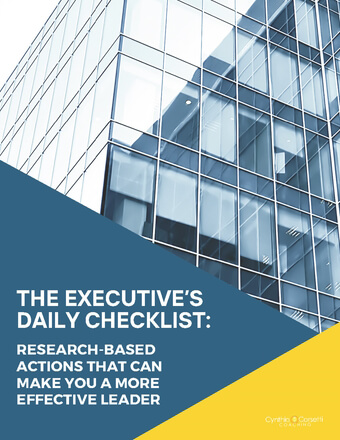

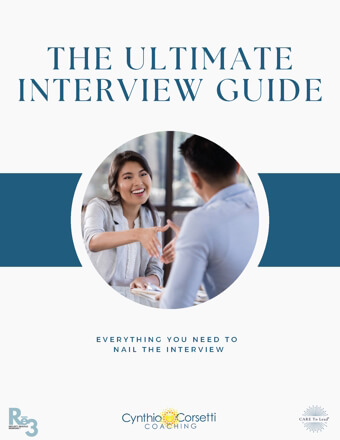

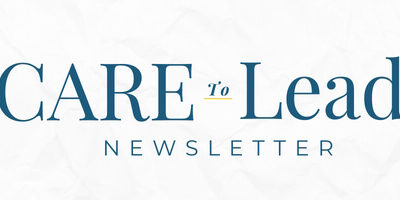
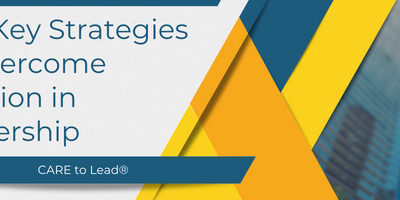
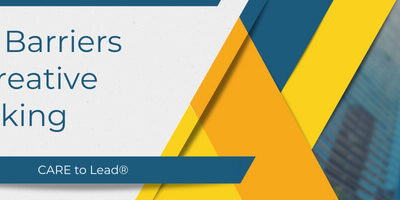
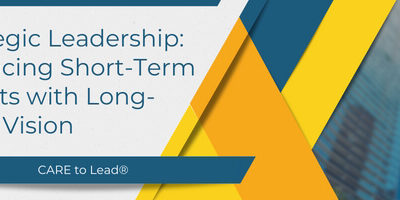
0 Comments